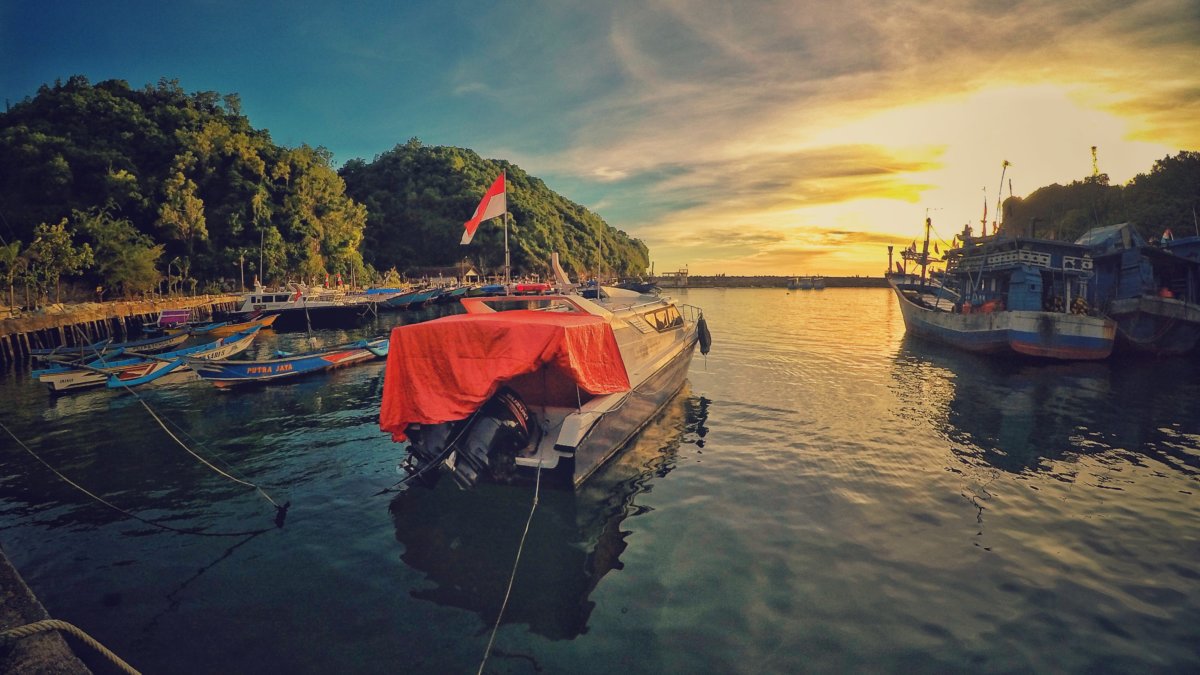
By Dhanushka Thamarapani
Over the past decades, natural disasters have become more prevalent and destructive in terms of magnitudes, damage, and economic loss. Indonesia – the focus of my research – is located on a an actively moving tectonic plate making it vulnerable to earthquakes, tsunamis, and volcanic activity. As a result, in a span of 30 years, there have been approximately 190,000 deaths and more than 30 billion USD lost in property damages according to the International Disaster Database (EM-DAT). Since at least some of these disasters could be attributed to human interactions with the environment, the implications of experiencing such disasters in childhood could be vastly different. The mounting evidence in economic, psychology, and biology literatures documents the long-term implications of childhood exposure to natural disasters. The renewed emphasis on a multitude of outcomes and coping strategies has enriched our understanding of the scope and magnitude of these unprecedented events. Consequently, the cross-fertilization between the research on health and disasters exposure has rejuvenated the public policy debate of targeting the disaster relief to the most vulnerable subpopulations. My research provides empirical evidence in their favor.
Due to my background in economics of developing countries, I have a vested interest in the intersection of exposure to adverse events and health and well-being of individuals. Developing world is often hit disproportionately by natural disasters as a result of the deficiencies in agency, institutions, and policies on top of the sheer lack of technology to cope. Since most developing nations face physical capital constraints, in my research I mainly focus on the resource that most such nations are undeniably abundant in – their people. Investing in people, in economics, bears the term human capital accumulation. Based on my training, I focus my attention on investments during time periods that are critical to growth – the early childhood. It goes without saying that healthy children make health adults and in doing so enriches the productive capacity of the economy.
The types of disasters studied are predominantly focusing on floods, famines, droughts, tornadoes, and earthquakes. Only a handful of recent studies do not discriminate based on the disaster type when empirically investigating socio-economic outcomes. I follow the latter approach by using a multitude of natural disasters that occurred on Java Island (Indonesia) from 2002 to 2007 to uncover their impact on child stature. Indonesia has long served as a canvas for researchers to identify the effects of natural disasters. A recent study by Gignoux and Menendez (2016) investigated the impact of earthquakes on the household welfare dynamics. They find that physical capital damage is recoverable and therefore there are no lasting impacts of natural disaster exposure. This finding sparked my interest in investigating child health. Since welfare is multi-dimensional, I was curious to find out if welfare loss is still recoverable when using a child health proxy.
I compile a sample of Indonesian children aged 0 (in-utero) to 12 on Java Island who experienced various types of natural disasters – floods, earthquakes, landslides, volcano eruptions, tsunamis, droughts, and forest fires – between 2002 and 2007. The sample comprises of 1,262 children (even split between genders) out of which 50 percent were exposed to at least one type of natural disaster. I capture the child health through their height measured in 2014 (i.e. 7 years after the last recorded event). Using the Indonesian Family Life Survey allows me to use the anthropometric records measured by a professional, along with a host of parent, household, and community characteristics. I use two dependent variables – the height-for-age Z (HAZ) score and an indicator for stunting. The heights are standardized using the Center for Disease Control (CDC) method and the indicator for stunting is equal to one if a child’s HAZ is 2 or more standard deviations below the CDC reference group average. A stunted child is essentially too short compared to their peers in the same age-gender cohort. The evidence in economics literature documents the lasting effects of stunting where such individuals are unable to reach their potential in school performance, occupational choices, and earnings.
My research reveals that children, especially girls, are at a disadvantage early in life when exposed to natural disasters. They are about 0.18 standard deviations shorter than their peers and 7 percent more likely to be stunted. These magnitudes, although seem small, are sizeable impacts that would only prolong the recovery for these children. The effect is more pronounced in girls from communities with limited access to credit. The coefficients increase to 0.21 standard deviations in height reduction and 9 percent more likelihood of stunting for girls from credit poor backgrounds. While credit accessibility (assessed by the availability of a formal bank) may not be the only factor driving the results, it is certainly one of the pathways through which exposure to natural disasters manifest linear growth retardation in children.